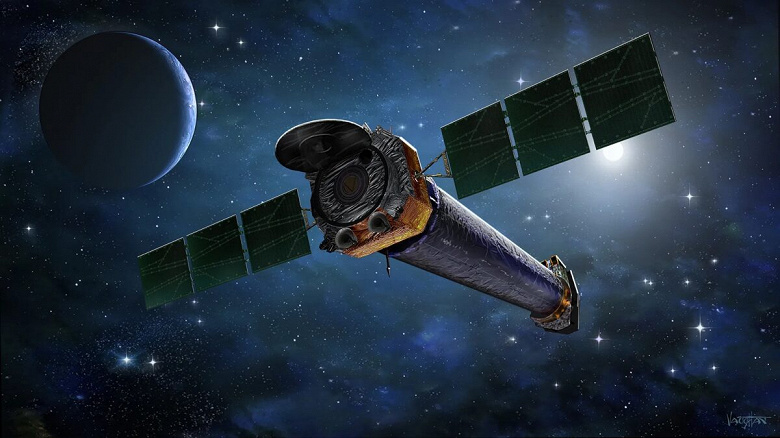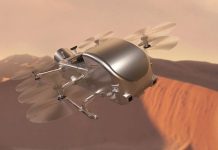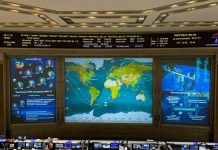NASA is considering cutting the budget of the Chandra and Hubble space telescopes in favor of other projects amid general cuts in costs and the age of telescopes
NASA is considering possible budget cuts for its two largest space telescopes as part of overall spending cuts on its astrophysics programs. In a presentation to the National Academy of Sciences’ Committee on Astronomy and Astrophysics, Mark Clampin, director of NASA’s astrophysics division, said he was considering unspecified cuts to the operating budgets of the Chandra X-ray Observatory and the Hubble Space Telescope in favor of funding other priority missions.

The expected cuts, he said, are driven by the assumption that his department will not receive the full requested funding of nearly $1.56 billion for fiscal 2024 due to a recently passed bill that sets the maximum non-core spending for 2024 at the 2023 level, with growth of 1% in 2025.
We are working with the expectation that 2024 budgets will remain at 2023 levels. Therefore, we decided to reduce the budget for some missions within the framework of extended operations, and these are Chandra and Hubble /
Didn’t you name Clampin? exactly how much the budget for these two telescopes would be reduced and did not indicate the specific impact of the cuts. He noted that the proposed cuts were still under review and that it was only last week that he was able to make a “positive adjustment for Chandra.”
Chandra and Hubble are two of NASA’s most expensive missions after the James Webb Space Telescope. NASA has asked for $93.3 million for Hubble and $68.7 million for Chandra for 2024, in line with previous years. Together, this represents just over 10% of NASA’s fiscal year 2004 astrophysics budget request.
These telescopes are also two of NASA’s oldest missions—the Hubble Space Telescope launched in 1990 and Chandra in 1999. Clampin pointed out that this is one of the reasons why their budgets have been cut.
NASA plans to reduce funding for the Chandra and Hubble space telescopes
Chandra has some breakdowns: the insulation of the telescope body is destroyed, and it heats up, which complicates the work. While Hubble does not have such problems, it has been operating for a long time and takes up a large part of the budget
Clampin said two “mini assessments” of the cost of maintaining each telescope are planned, most likely in May 2024 after the release of the 2025 budget proposal. NASA is conducting evaluations to determine whether and how to extend the science missions of spacecraft that have completed their initial missions.
At the last evaluation in 2022, Chandra and Hubble were effectively eliminated—separate teams examined each mission to look for effective programs and other improvements, rather than to determine whether extending the mission itself would be worthwhile.
“Hubble and Chandra occupy the top tier because of their enormous influence on astronomy. Both missions operate at extremely high efficiency, and although they are increasingly showing signs of aging, they are likely to continue to provide world-class science data over the next half-decade, working together with JWST,” reads the final 2022 Astrophysics Division assessment report.
Clampin said any proceeds from savings on Chandra and Hubble will go toward other NASA priority astrophysics projects. Priorities include the Nancy Grace Roman Space Telescope, astrophysics missions based on data from the Small Explorer program (SMEX), and NASA’s participation in foreign-led missions such as the LISA gravitational wave detector and the Israeli Ultraviolet Space Telescope. Ultrasat.




